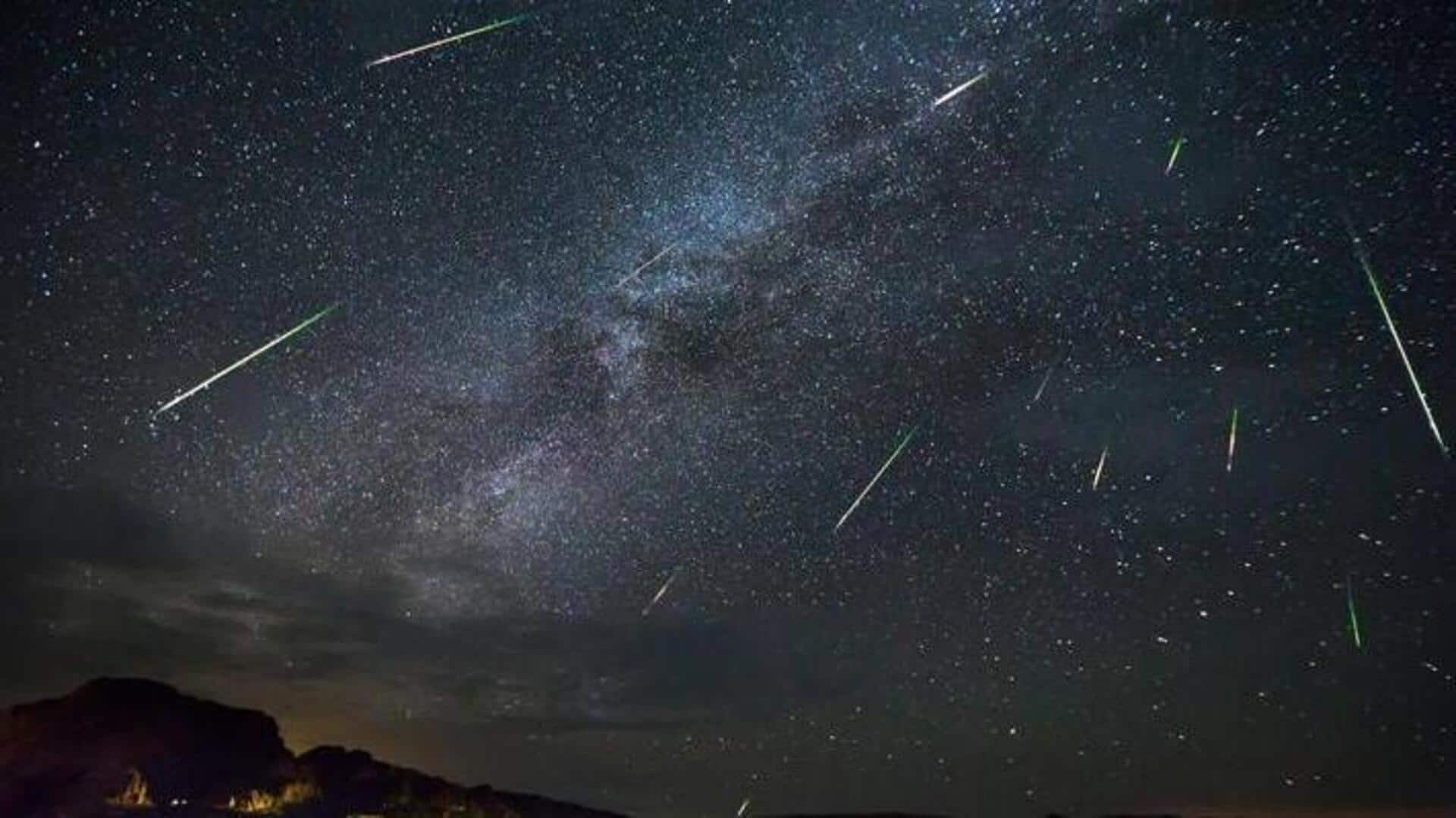
2023's last meteor shower peaks tonight: How to watch
What's the story
The Ursid meteor shower will peak tonight. This will be the last meteor shower we are seeing in 2023 and it will be visible in India. Sky-gazers in the Northern Hemisphere can expect to see around five to 10 meteors per hour during the peak hours. However, the presence of the Moon may interfere with your viewing experience. The Ursids shower began in mid-December and will remain active until December 24.
Origin
Origin of Ursid meteor shower
Like most meteor showers, Ursids are caused due to the trail of debris left by a comet, in this case, 8P/Tuttle. As Earth crosses the debris stream, the particles collide with our planet's atmosphere, leading to shooting stars. The Ursids meteors originate from the constellation Ursa Minor, also known as the Little Dipper. The Ursids have a relatively short span of maximum activity unlike the Geminids, which boast high meteor sighting rates several days before and after their peak.
Insights
The Ursids provide valuable information to researchers
The Ursid meteor shower is a less commonly observed meteor shower compared to other stronger showers like the Geminids or the Perseids. These showers are thereby considered more valuable to researchers. By logging the time, magnitude, and other characteristics of meteor sightings, scientists can gather more information on Earth's orbital path and cosmic dust density. Even casual sky-gazers can contribute to scientific research by reporting their meteor sightings to the American Meteor Society through its website.
Facts
Viewing tips and upcoming meteor showers in 2024
To make the most of your skywatching experience, locate a region away from dark lights. You can also use timeanddate's tracker to check the visibility of the Ursid meteors from your location. Enthusiasts won't have to wait long for the next meteor shower. The Quadrantids, the first meteor shower of 2024, will peak on January 4 and remain active till January 16. After the Quadrantids, another meteor shower won't occur for several months.